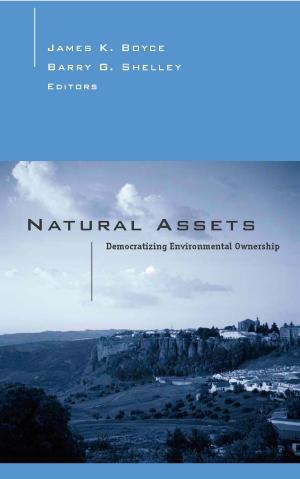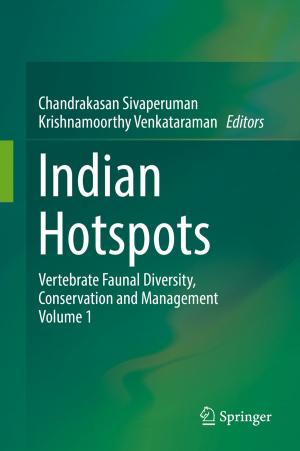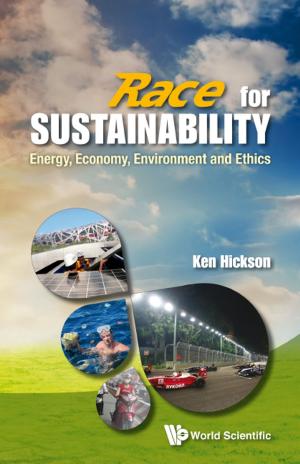Old Law, New Tricks: Using the Clean Air Act to Curb Climate Change
Nonfiction, Reference & Language, Law, Natural Resources, Environmental, Science & Nature, Nature, Environment, Environmental Conservation & Protection
Few if any people think the Clean Air Act is the optimal legislative solution to climate change; but it is a powerful tool that is being used sometimes despite the prevailing political will. To address this reality, this volume calls on the best writing from the most often-cited environmental law journal in the United States, the Environmental Law Reporter®, to explain the possibilities and pitfalls in using this regulatory framework to address greenhouse gases (GHGs) and short-lived climate pollutants. This collection does not have a singular perspective or agenda other than to highlight multiple suggestions about ways in which the Act should or should not be used to address climate change. The Environmental Law Institute and editors of Environmental Law Reporter® do not endorse any approach outlined in these pages but instead present various ideas to educate and spur public debate and discussion.
Few if any people think the Clean Air Act is the optimal legislative solution to climate change; but it is a powerful tool that is being used sometimes despite the prevailing political will. To address this reality, this volume calls on the best writing from the most often-cited environmental law journal in the United States, the Environmental Law Reporter®, to explain the possibilities and pitfalls in using this regulatory framework to address greenhouse gases (GHGs) and short-lived climate pollutants. This collection does not have a singular perspective or agenda other than to highlight multiple suggestions about ways in which the Act should or should not be used to address climate change. The Environmental Law Institute and editors of Environmental Law Reporter® do not endorse any approach outlined in these pages but instead present various ideas to educate and spur public debate and discussion.
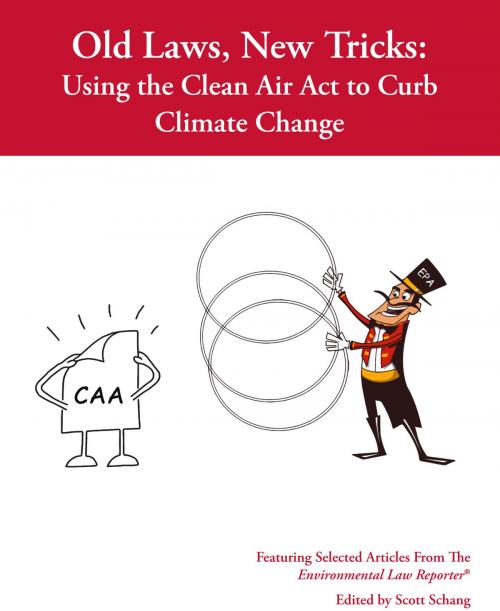
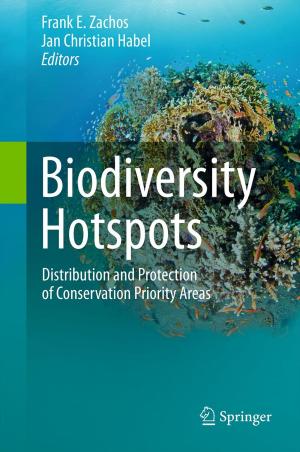
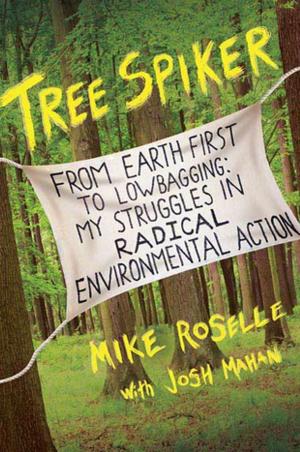

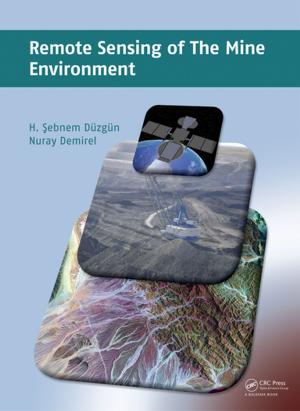

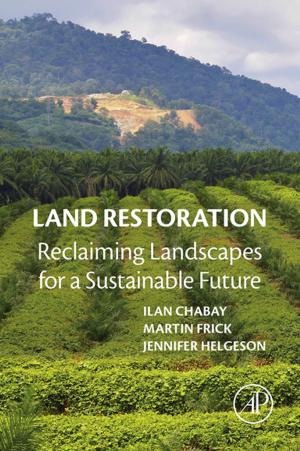

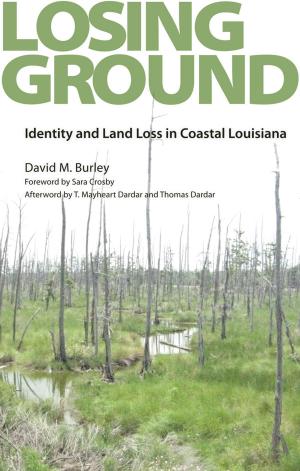
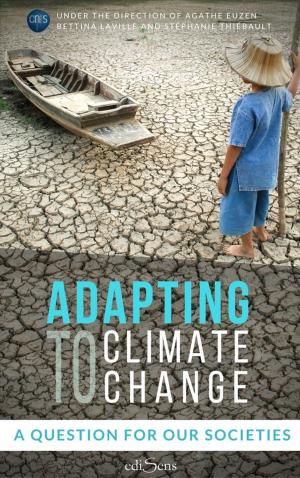
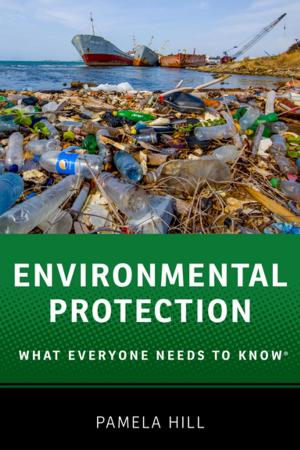
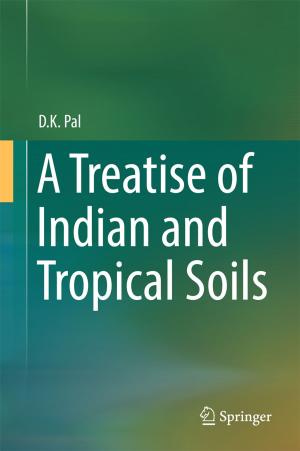
![Cover of the book Tar Sands [Revised and Updated] by Scott Schang, Leila B. Azari, Nicholas Bianco, Robert D. Brenner, Dallas Burtraw, Hannah Chang, Brigham Daniels, John C. Dernbach, Delavan Dickson, John Doyle, David M. Driesen, Patricia A. Eberwine, M. Rhead Enion, Nicholas W. Fels, Art Fraas, Rebecca Gasper, Michael B. Gerrard, Gary S. Guzy, Charles H. Haake, Richard B. Herzog, Franz Litz, Raymond B. Ludwiszewski, Marie Ly, Robert B. McKinstry Jr., Kristin Igusky Meek, Jonas Monast, Curtis A. Moore, Timothy J. Mullins, Brooks Rainey Pearson, Thomas D. Peterson, Hannah Polikov, Timothy Profeta, Arnold W. Reitze Jr., Nathan Richardson, James Salzman, Claudine Schneider, Scott H. Segal, Emily Taylor, Anna Marie Wood, Robert A. Wyman, Natural Resources Defense Council, The National Climate Coalition, Institute for Policy Integrity, Davonne Flanagan](https://www.kuoky.com/images/2010/august/300x300/9781553656272-2s21_300x.jpg)
